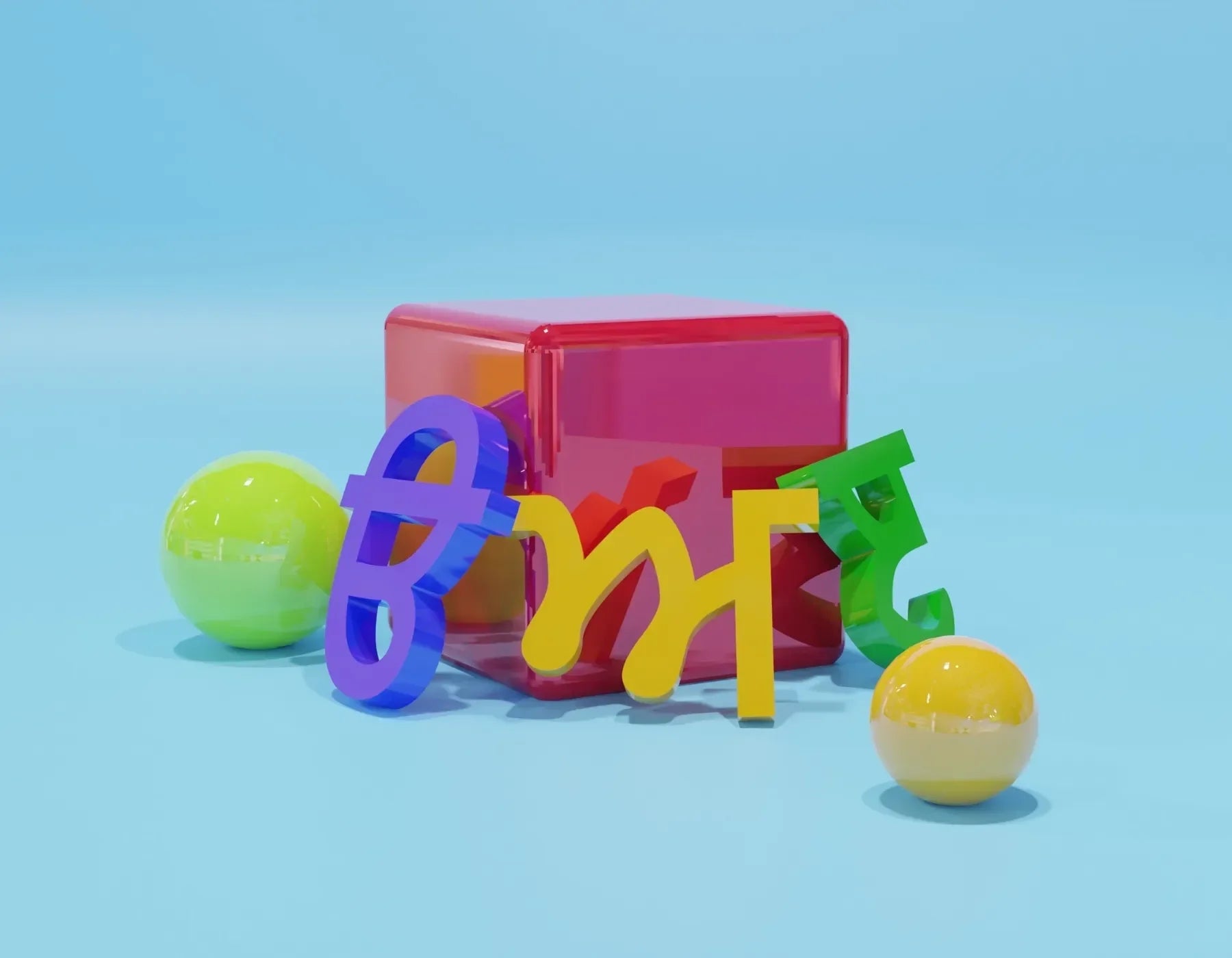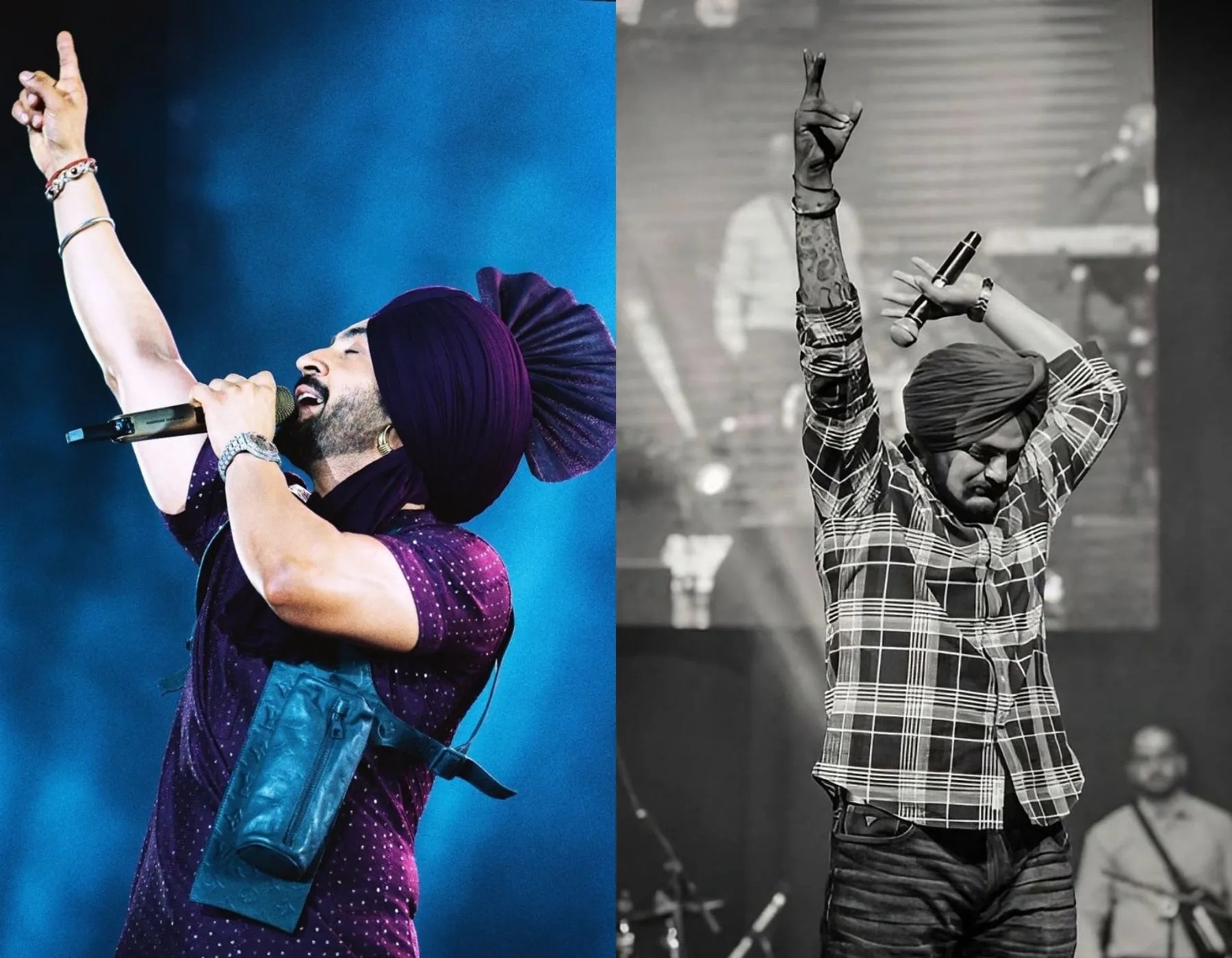
Symbols Every Punjabi Should Know (And Wear Proudly)
The vibrant culture of Punjab is not only reflected in its language, music, and traditions but also in its rich symbols that represent identity, pride, history, and resilience. These symbols are more than just visual elements—they are powerful emblems of Punjabi heritage, passed down through generations and worn with honor. Every Punjabi, whether in the homeland or across the diaspora, should know, recognize, and wear these symbols proudly. In this article, we explore the most iconic Punjabi symbols and the profound meanings they carry.
Khanda – The Emblem of Sikhism and Strength
One of the most recognizable Punjabi symbols is the Khanda, the official emblem of Sikhism. This powerful icon is composed of four elements: a double-edged sword in the center (Khanda), surrounded by a circular Chakkar, and flanked by two single-edged swords or kirpans.
-
The central sword (Khanda) represents divine knowledge and the power of truth.
-
The Chakkar, a circular weapon, signifies eternity and unity—God has no beginning and no end.
-
The two Kirpans on either side denote the balance between spiritual and temporal power.
Wearing or displaying the Khanda is a statement of faith, valor, and unity. Many Punjabis wear it as jewelry, print it on clothing, or display it in their homes and vehicles as a daily reminder of their spiritual and cultural identity.

Phulkari – The Floral Thread of Punjab’s Soul
Phulkari, meaning "flower work," is the traditional embroidery of Punjab and a deeply cherished symbol of Punjabi women’s artistry, pride, and heritage. Originating from rural households, this embroidery is more than decoration—it tells stories.
-
Worn at weddings, celebrations, and festivals, Phulkari embodies love, labor, and legacy.
-
Each pattern, stitched by hand, carries symbolism—from fertility and prosperity to strength and resilience.
-
It has become a global fashion statement, seen on runways and in Bollywood, but its roots remain deeply Punjabi.
When a Punjabi wears Phulkari, they don’t just wear art—they wear the spirit of Punjab’s women, their voices woven into every thread.

Nishan Sahib – The Flag of Faith and Freedom
Flying high above every Gurdwara, the Nishan Sahib is a saffron or deep blue triangular flag that signifies Sikh sovereignty and devotion.
-
It bears the Khanda symbol and is hoisted on a tall flagpole wrapped in clean cloth.
-
The color saffron represents courage and sacrifice, while blue represents spiritual wisdom.
-
Every time the Nishan Sahib is raised or replaced, it is done with reverence, symbolizing renewal and respect.
Punjabis around the world see this flag as a beacon of belonging—a unifying force that calls them home, no matter where they are.

The Kara – The Steel Bangle of Commitment
The Kara, a simple circular steel bracelet, is one of the five articles of faith (the Five Ks) in Sikhism, and a universally recognized Punjabi symbol of morality and strength.
-
It represents the eternity of God and the unbreakable bond between the individual and the divine.
-
Made of iron or steel, it reminds the wearer to act with honor, righteousness, and justice.
-
Not gender-specific, the Kara is worn by millions as a daily mark of discipline and spiritual grounding.
Whether paired with traditional attire or modern fashion, wearing the Kara is a symbol of inner strength and unshakable values.

The Turban (Dastar) – Crown of Honor and Responsibility
The Punjabi turban, or Dastar, is far more than a piece of cloth—it is a crown of commitment, worn with honor by both men and women.
-
It signifies discipline, self-respect, courage, and equality.
-
Wearing a turban is a declaration: "I will stand out, and I will stand for what is right."
-
Turbans vary in style and color, representing different regional and personal identities, but all share the same core message of dignity and pride.
Throughout history, Punjabis have fought and died with their turbans on, refusing to remove them even in the face of persecution. It is the ultimate symbol of Punjabi resilience.

Ek Onkar – The Symbol of Divine Unity
Ek Onkar, meaning "One God," is the foundational symbol of Sikhism and a powerful philosophical anchor for Punjabi spirituality.
-
Found in Gurdwaras, scriptures, and art, Ek Onkar represents the oneness of all creation and the divine presence in everything.
-
It is the first phrase in the Guru Granth Sahib, the holy scripture of Sikhs, encapsulating the core belief in universal truth.
-
The symbol is often engraved on jewelry, printed on clothing, and inked into the skin as a tattoo of spiritual identity.
Wearing or displaying Ek Onkar reflects a connection to the divine and a commitment to live in harmony with all beings.

Mustard Fields (Sarson De Khet) – The Golden Heart of Punjab
While not a symbol in the traditional sense, the image of mustard fields in full bloom has become an enduring emblem of Punjabi life.
-
Immortalized in songs, films, and poetry, Sarson de Khet symbolize hope, joy, and agrarian pride.
-
They represent the fertility of Punjab, known as the breadbasket of India, and the spirit of hard-working farmers.
-
Wearing prints or art inspired by these fields is a tribute to Punjab’s deep connection to land and nature.
Punjabis, especially in the diaspora, often associate mustard fields with nostalgia, family roots, and the warmth of home.

The Tractor – Icon of Farmer Strength and Protest
In recent years, the tractor has evolved into a modern symbol of Punjabi resistance, solidarity, and pride.
-
During the Farmers' Protests of 2020–2021, tractors became icons of peaceful protest and rural unity.
-
They are now printed on shirts, flags, and posters, symbolizing self-reliance, dignity, and the fight for justice.
-
For Punjabis worldwide, the tractor now represents more than farming—it stands for identity and collective voice.
Wearing this symbol is a tribute to the courage of the Punjabi farmer, who leads with both humility and strength.

Baaj (Falcon) – The Bird of Sovereignty and Bravery
The Baaj, or falcon, holds a revered place in Sikh history, especially connected to Guru Gobind Singh Ji, the tenth Sikh Guru.
-
The falcon symbolizes vision, power, and freedom.
-
It represents the spirit of the warrior-saint—graceful yet fierce, peaceful yet protective.
-
Seen in paintings, jewelry, and prints, the Baaj remains a symbol of fearless leadership.
For modern Punjabis, the Baaj is a reminder of their royal roots and moral duty to rise above oppression.

Why Wearing These Symbols Matters
In a world where cultures are often diluted, wearing and displaying Punjabi symbols is an act of preservation and pride. These icons are not just relics of the past—they are living symbols of identity, etched into the collective soul of the Punjabi community. They serve as reminders of who we are, where we come from, and what we stand for.
By incorporating these symbols into daily life—through fashion, art, jewelry, or even digital media—we not only honor our ancestors but also inspire future generations to carry the legacy forward with strength, dignity, and love.
